Review of the Accounting Process 2 Copyright ©

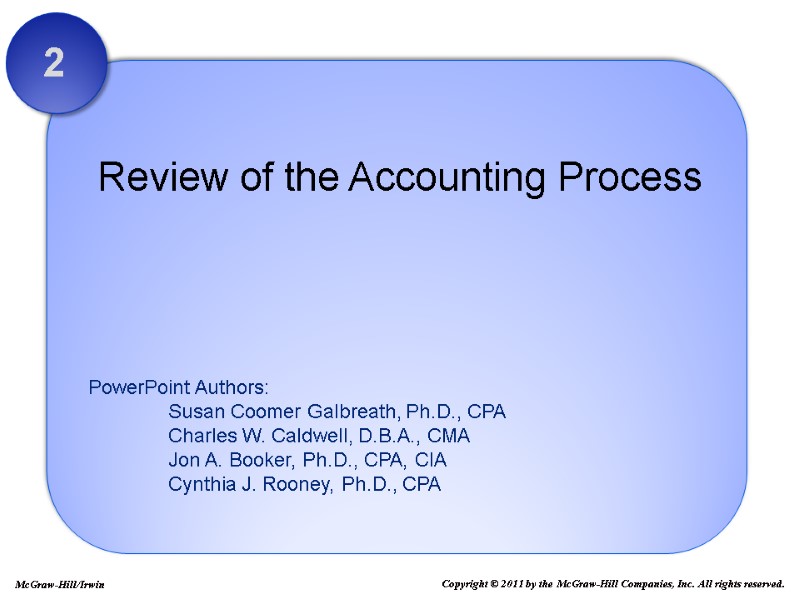
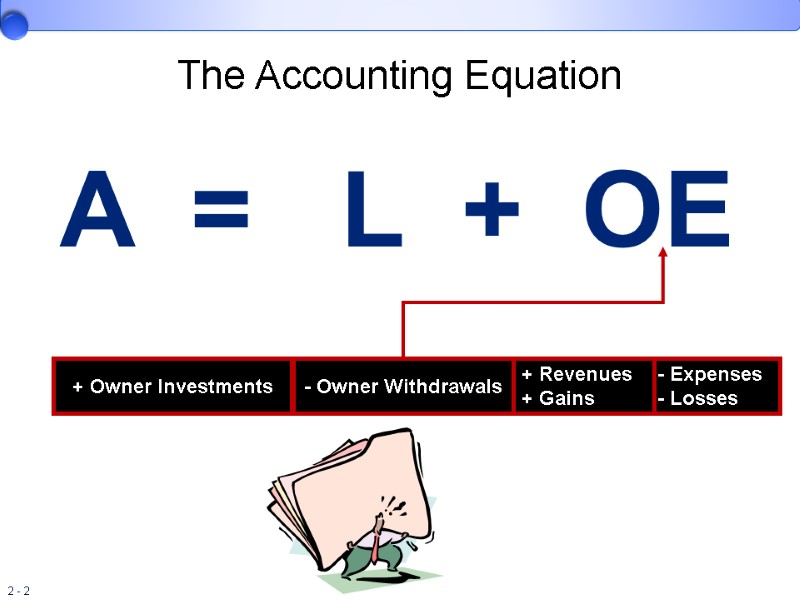
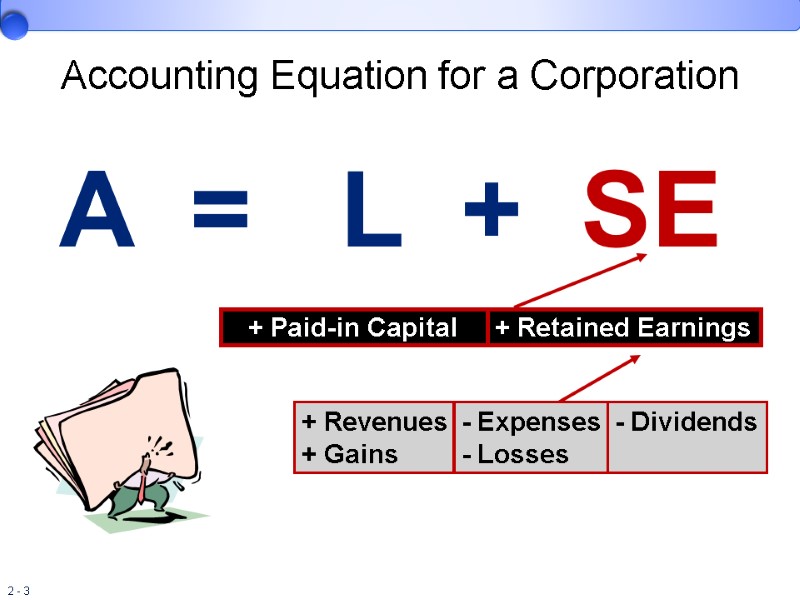
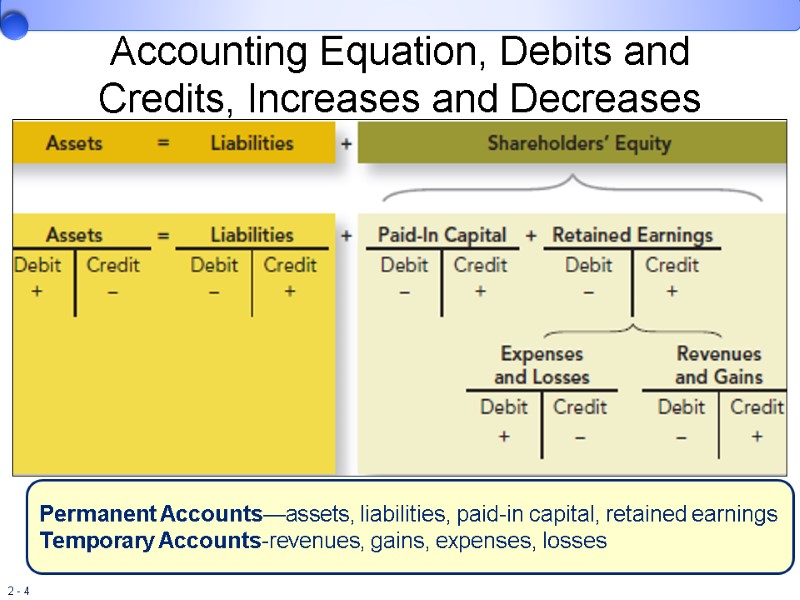
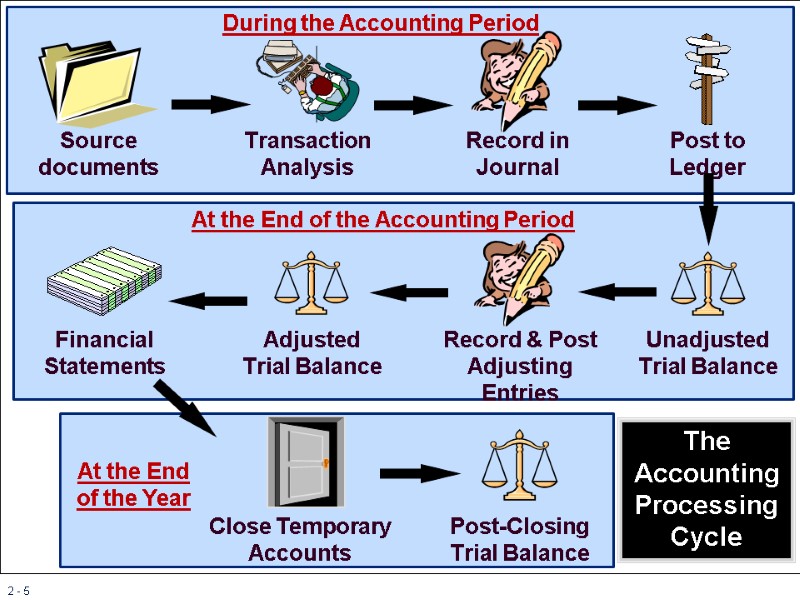
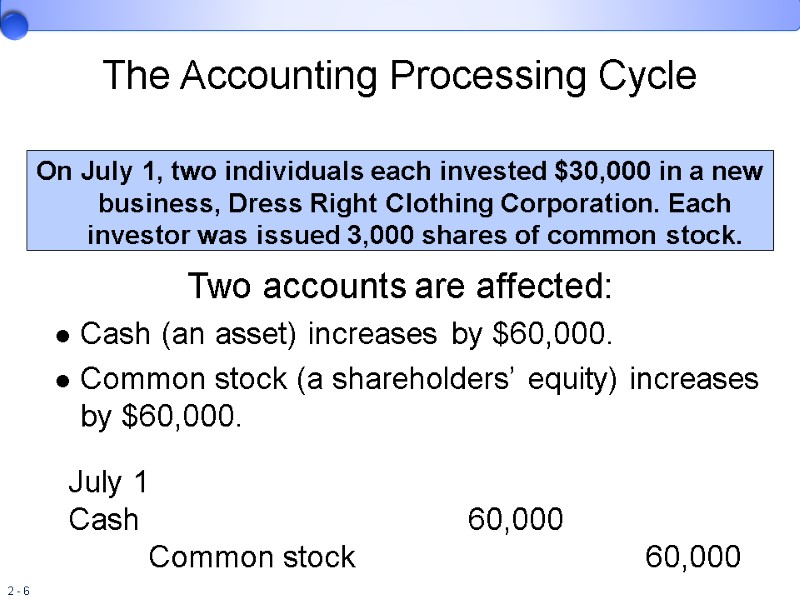
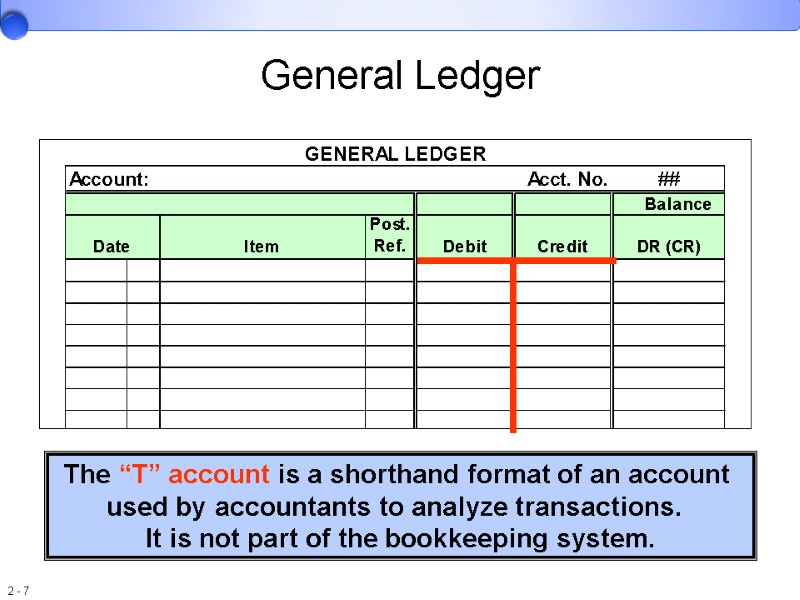
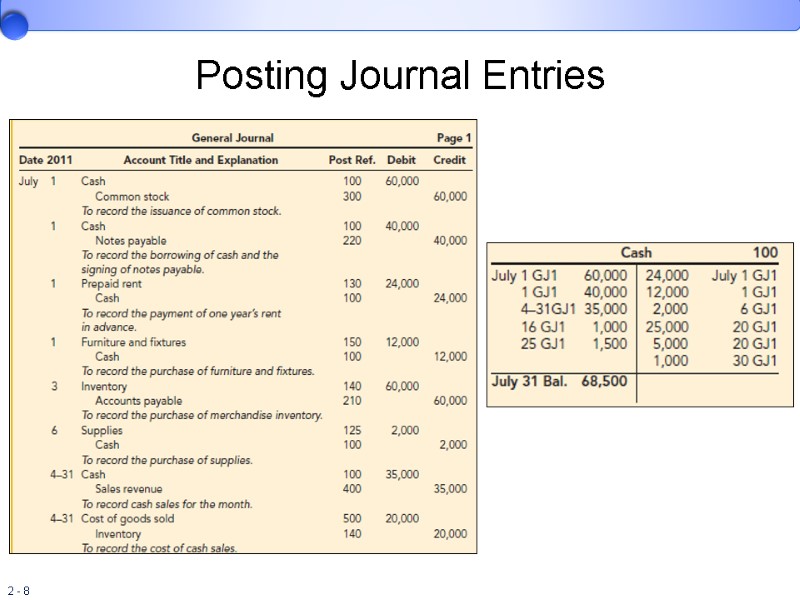
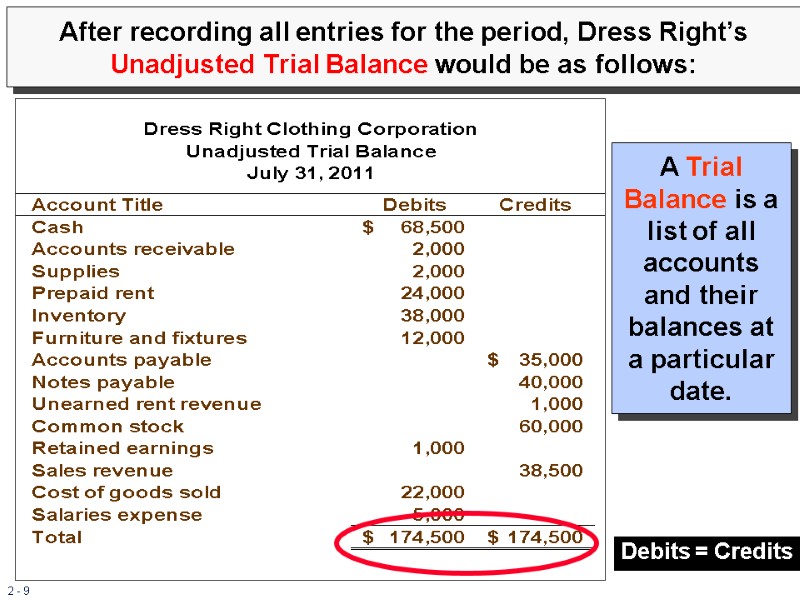
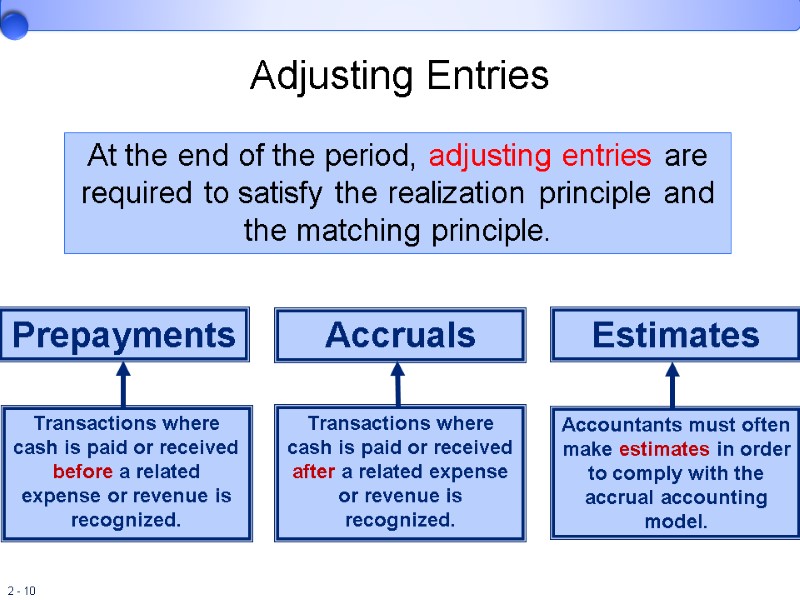
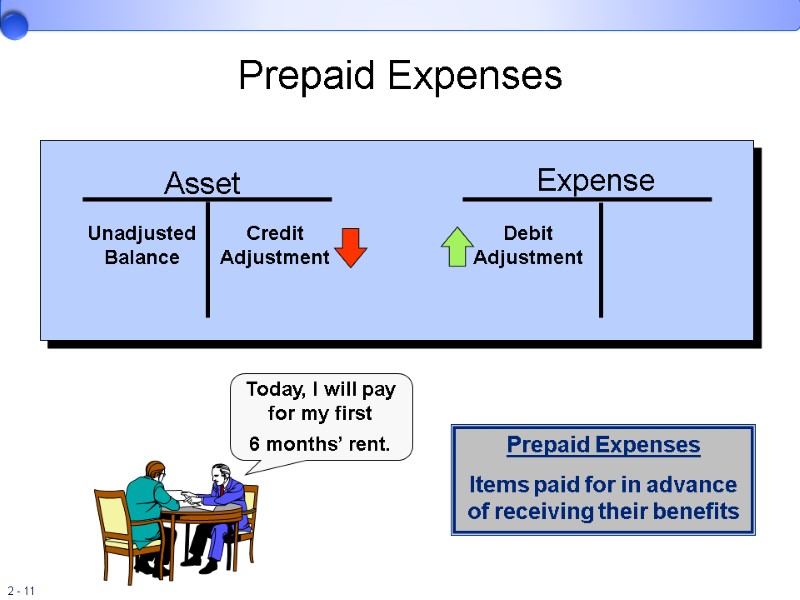
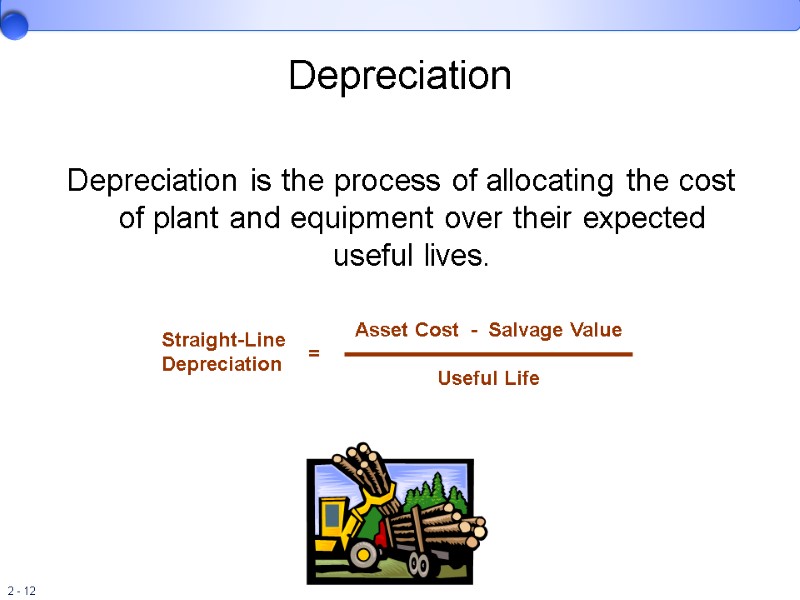
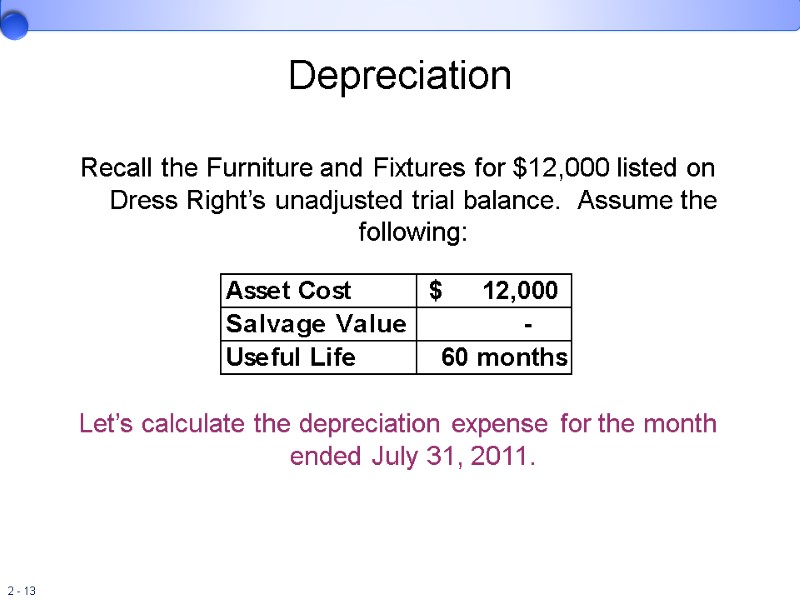
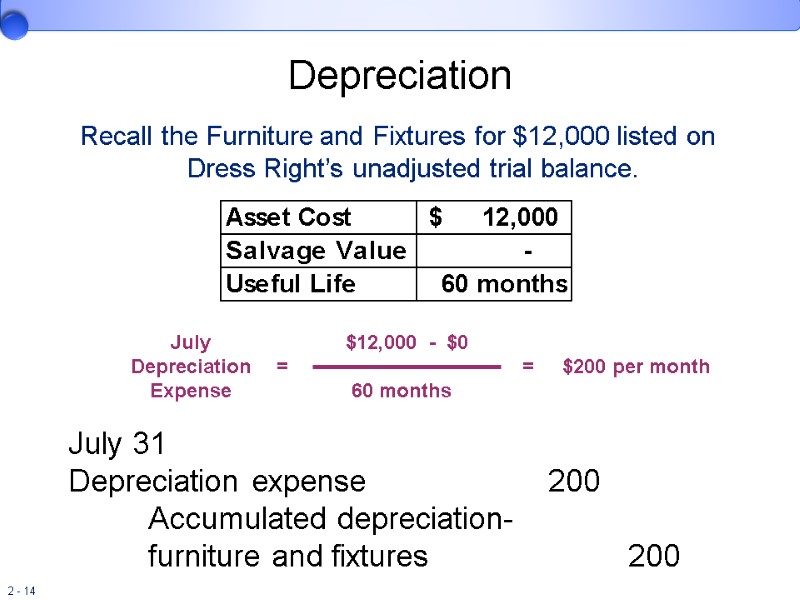
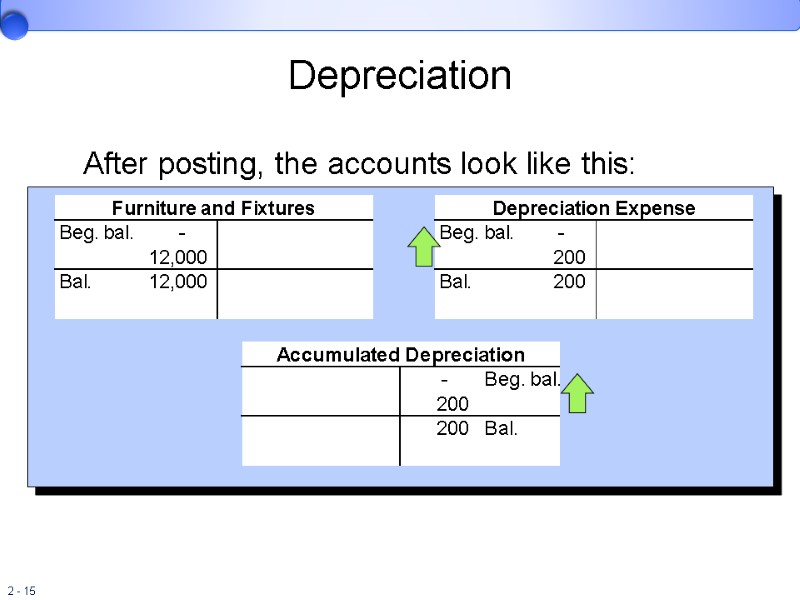
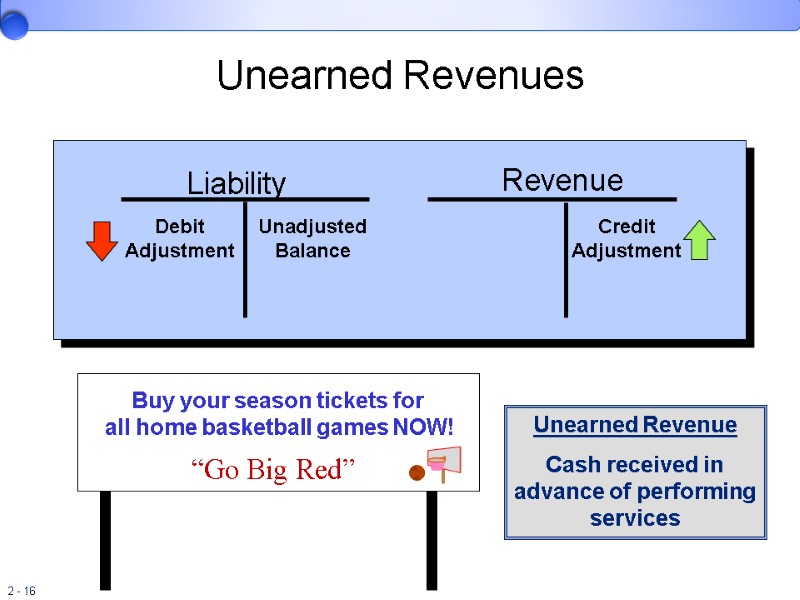
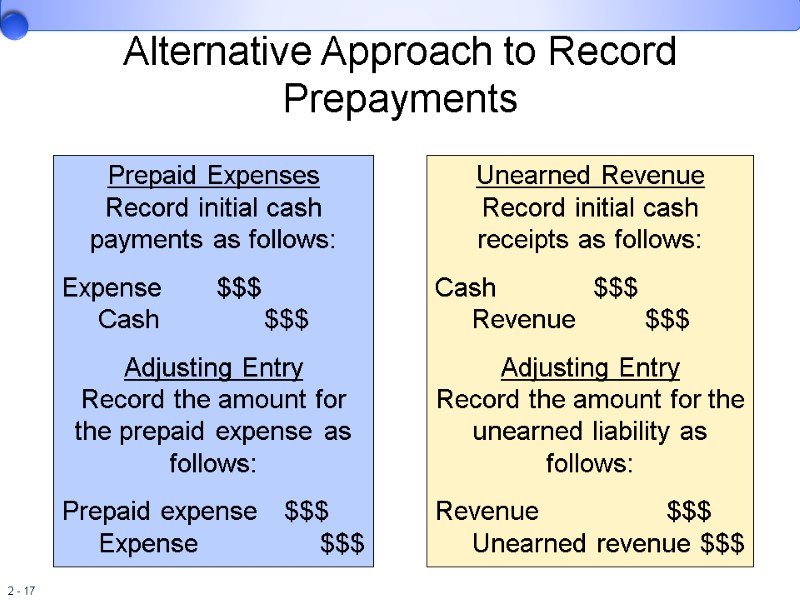
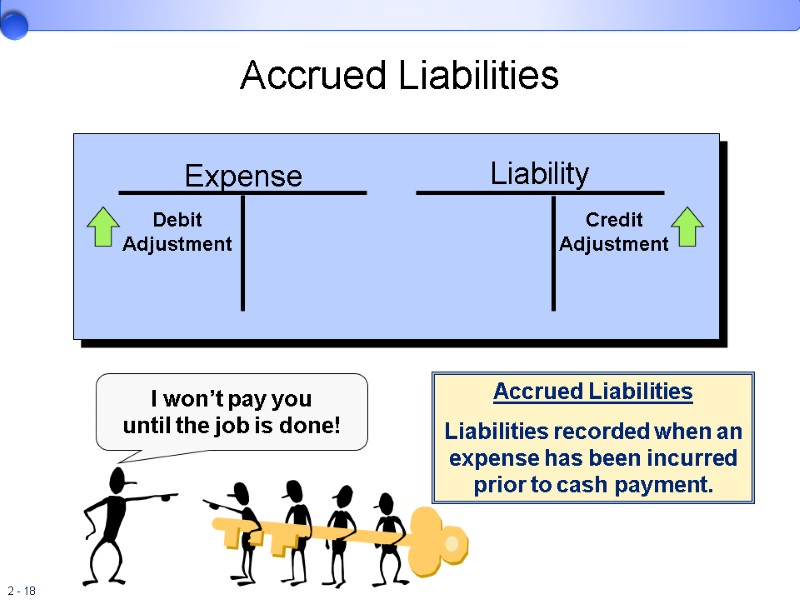
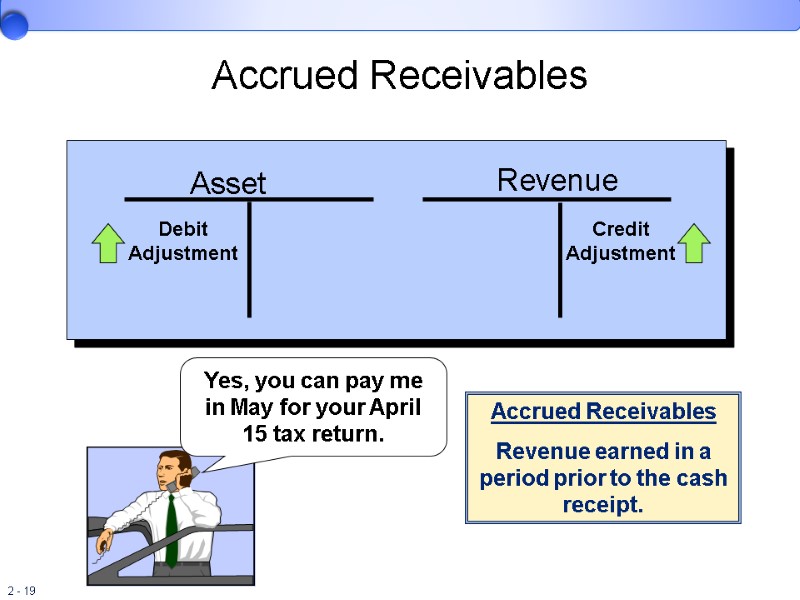
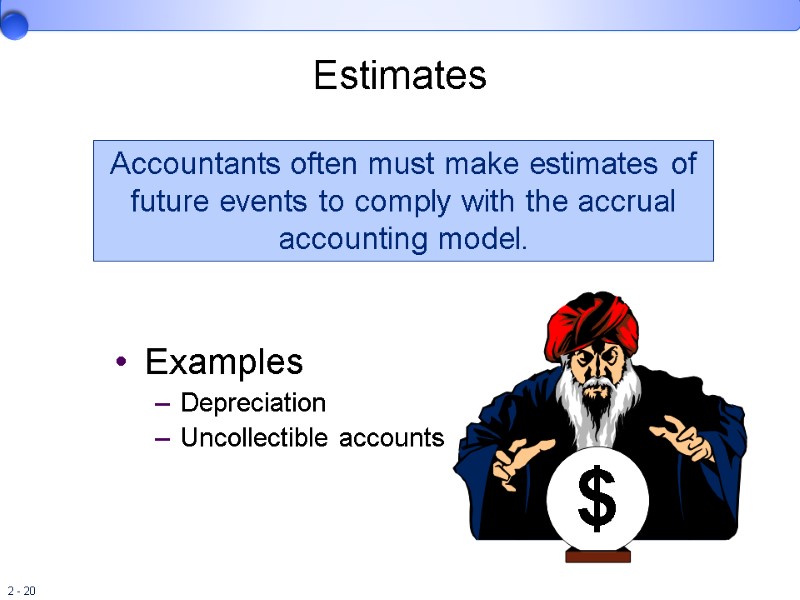
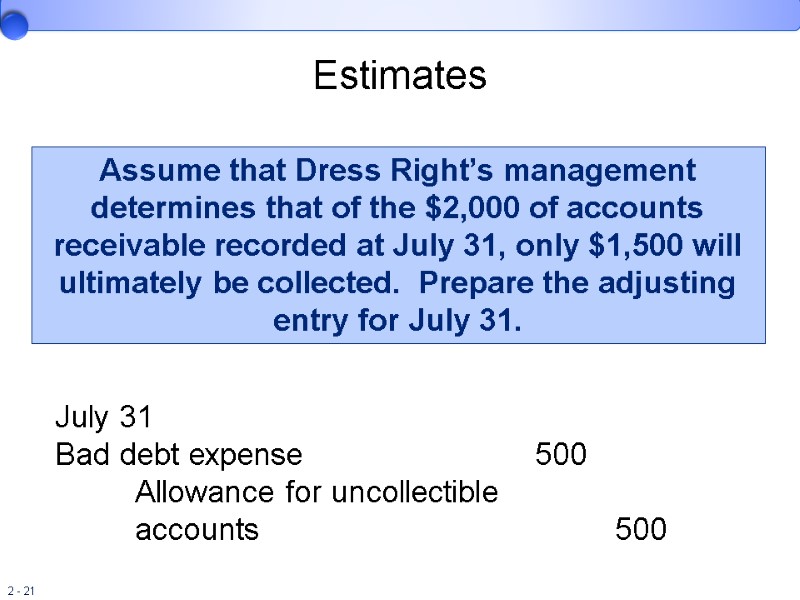
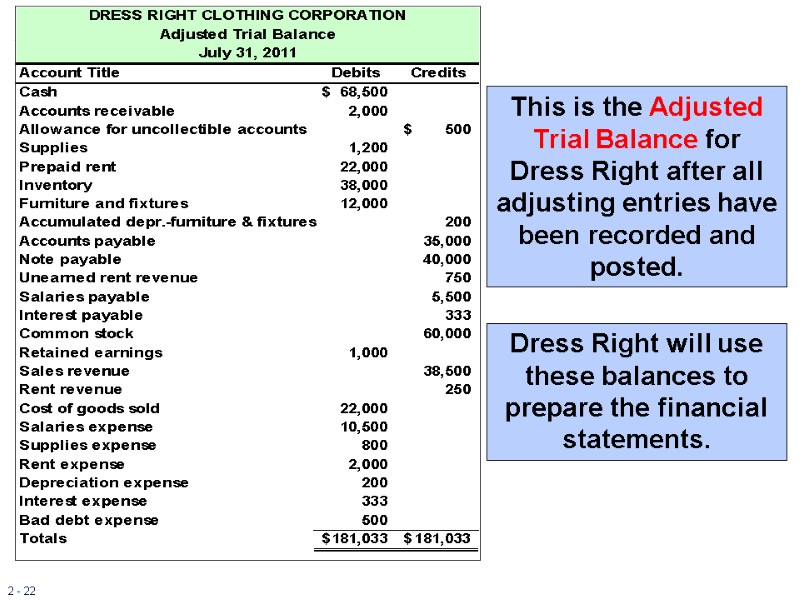
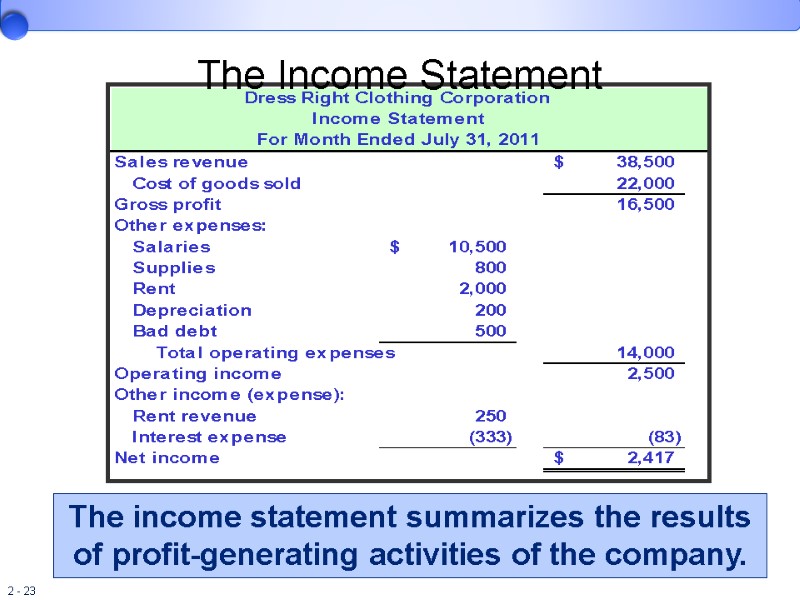
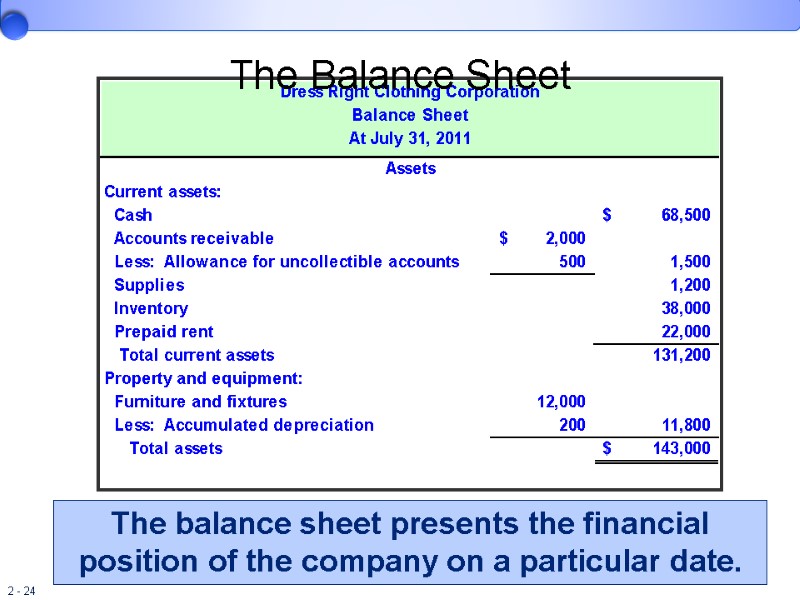
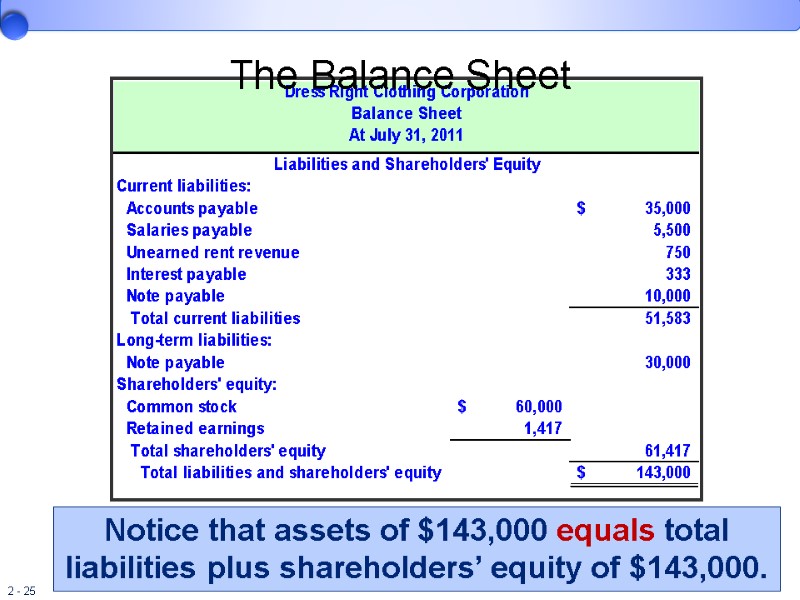
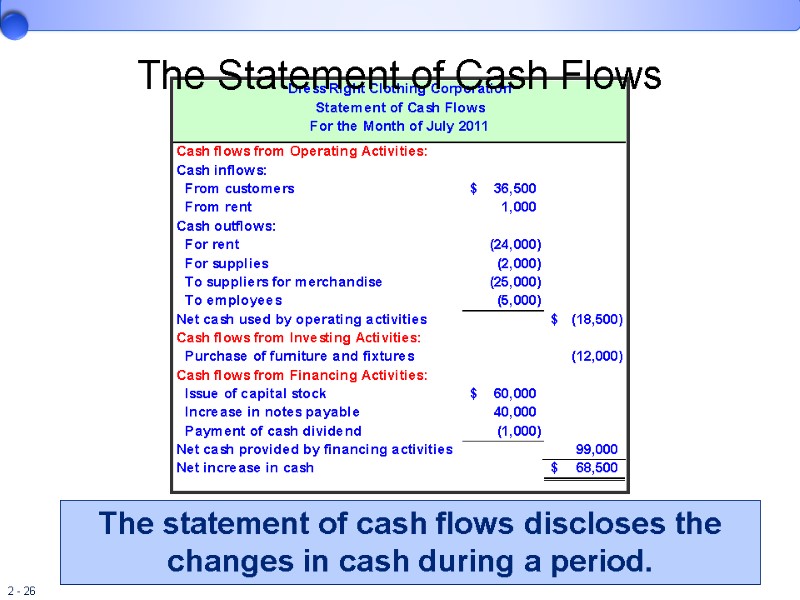
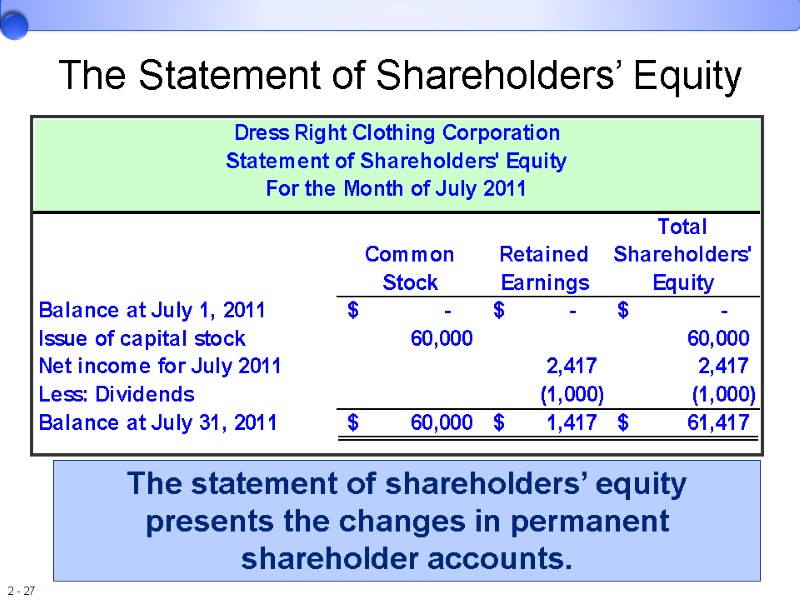
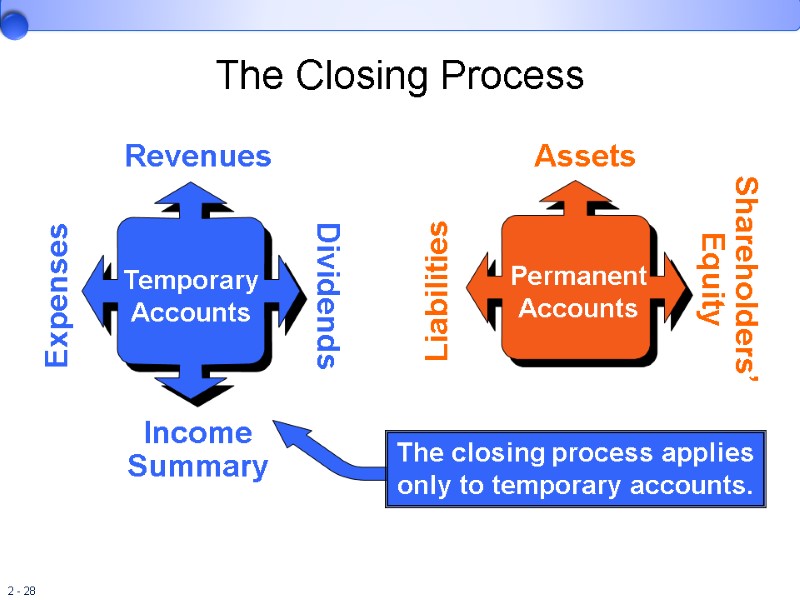
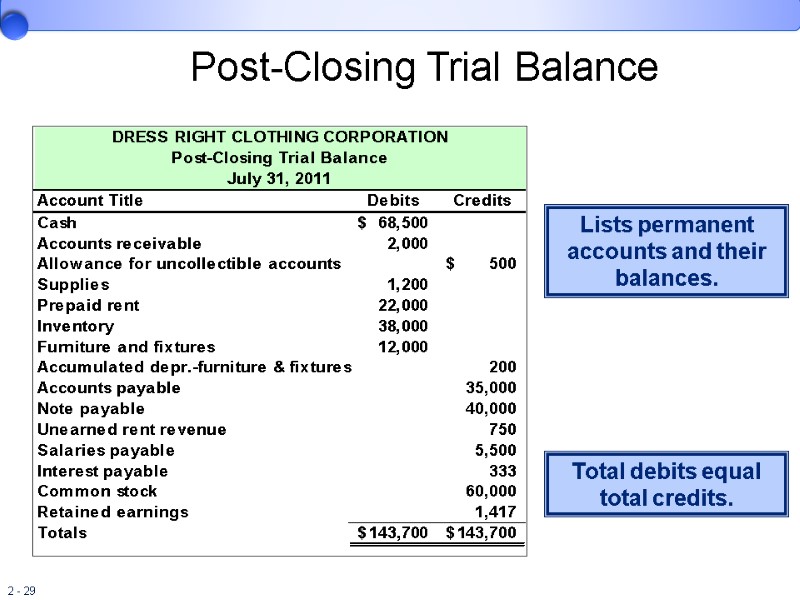
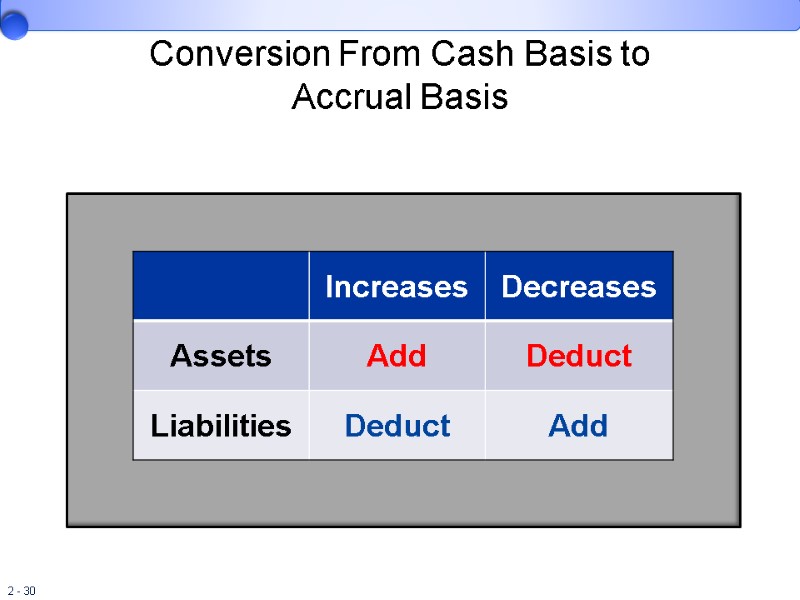
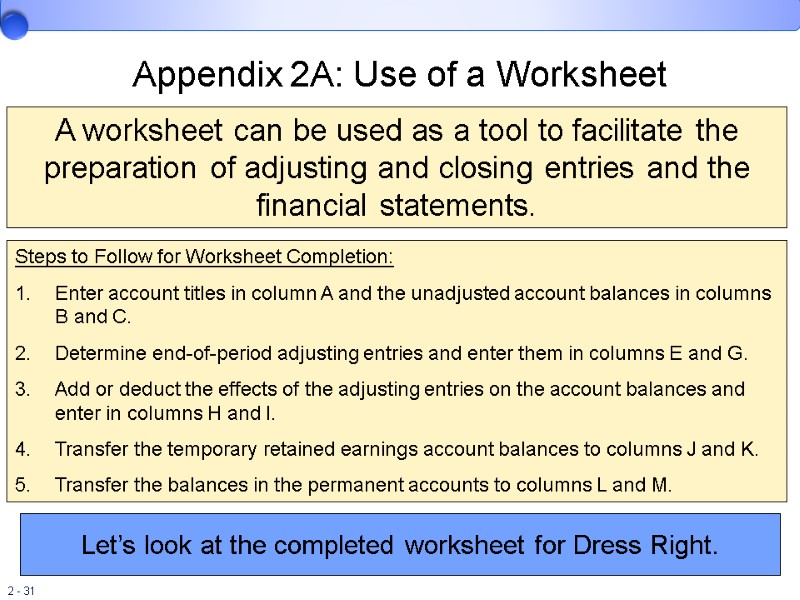

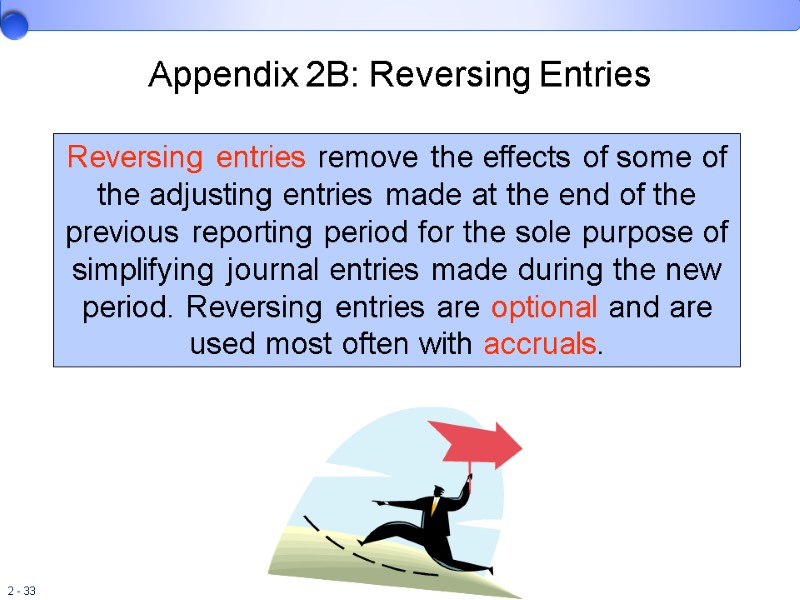
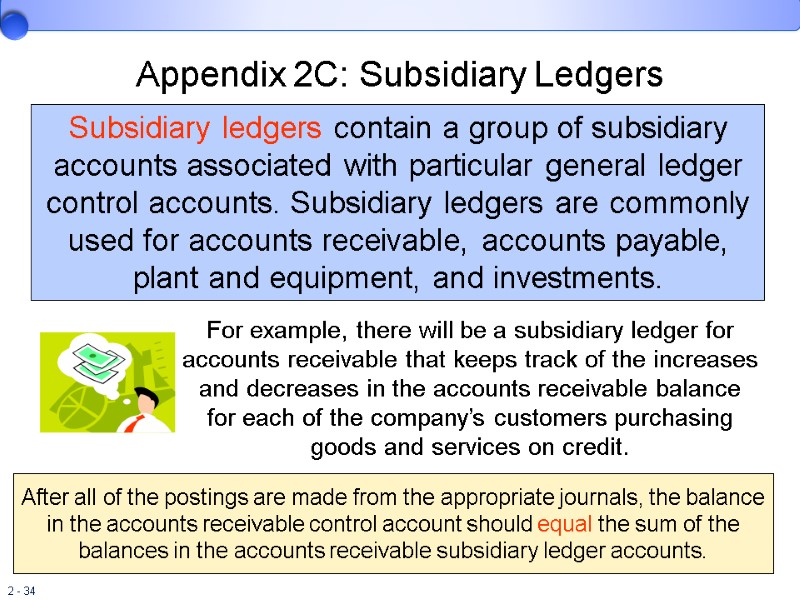
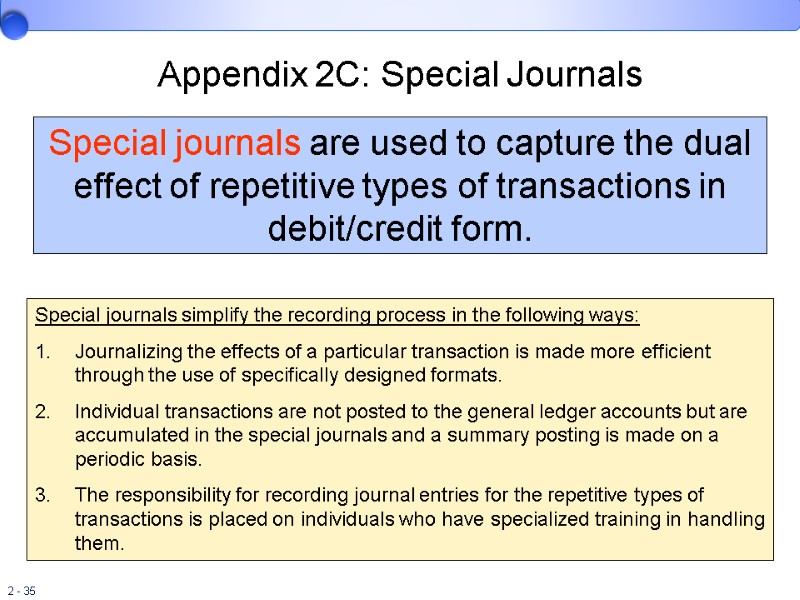
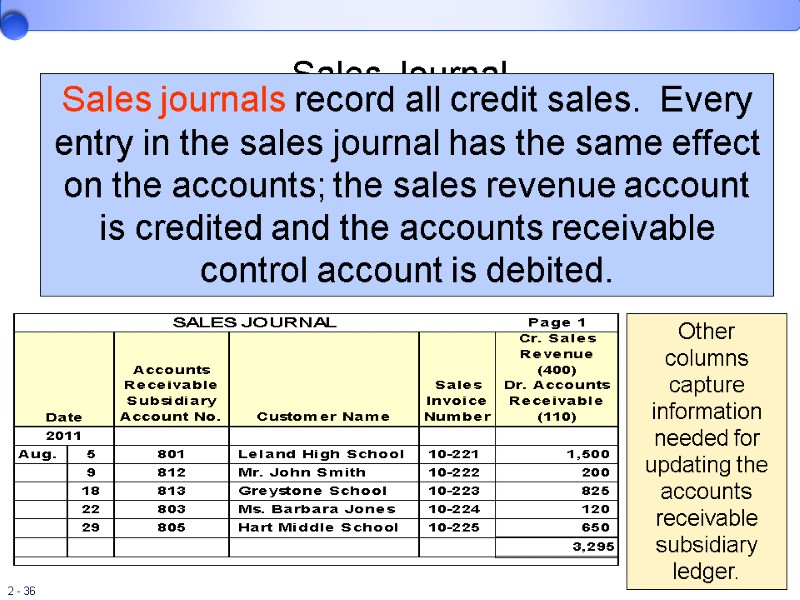
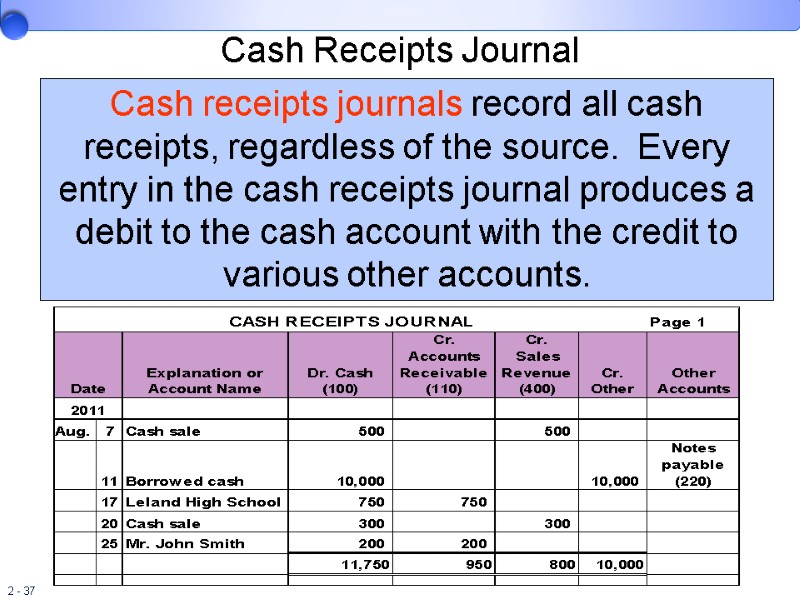

16842-adv_acc_chap002.ppt
- Количество слайдов: 38
 Review of the Accounting Process 2 Copyright © 2011 by the McGraw-Hill Companies, Inc. All rights reserved. McGraw-Hill/Irwin
Review of the Accounting Process 2 Copyright © 2011 by the McGraw-Hill Companies, Inc. All rights reserved. McGraw-Hill/Irwin
 The Accounting Equation A = L + OE
The Accounting Equation A = L + OE
 Accounting Equation for a Corporation A = L + SE
Accounting Equation for a Corporation A = L + SE
 Accounting Equation, Debits and Credits, Increases and Decreases Permanent Accounts—assets, liabilities, paid-in capital, retained earnings Temporary Accounts-revenues, gains, expenses, losses
Accounting Equation, Debits and Credits, Increases and Decreases Permanent Accounts—assets, liabilities, paid-in capital, retained earnings Temporary Accounts-revenues, gains, expenses, losses
 The Accounting Processing Cycle
The Accounting Processing Cycle
 The Accounting Processing Cycle On July 1, two individuals each invested $30,000 in a new business, Dress Right Clothing Corporation. Each investor was issued 3,000 shares of common stock. Two accounts are affected: Cash (an asset) increases by $60,000. Common stock (a shareholders’ equity) increases by $60,000. July 1 Cash 60,000 Common stock 60,000
The Accounting Processing Cycle On July 1, two individuals each invested $30,000 in a new business, Dress Right Clothing Corporation. Each investor was issued 3,000 shares of common stock. Two accounts are affected: Cash (an asset) increases by $60,000. Common stock (a shareholders’ equity) increases by $60,000. July 1 Cash 60,000 Common stock 60,000
 General Ledger The “T” account is a shorthand format of an account used by accountants to analyze transactions. It is not part of the bookkeeping system.
General Ledger The “T” account is a shorthand format of an account used by accountants to analyze transactions. It is not part of the bookkeeping system.
 Posting Journal Entries
Posting Journal Entries
 After recording all entries for the period, Dress Right’s Unadjusted Trial Balance would be as follows: Debits = Credits A Trial Balance is a list of all accounts and their balances at a particular date.
After recording all entries for the period, Dress Right’s Unadjusted Trial Balance would be as follows: Debits = Credits A Trial Balance is a list of all accounts and their balances at a particular date.
 Adjusting Entries Prepayments Accruals Estimates At the end of the period, adjusting entries are required to satisfy the realization principle and the matching principle.
Adjusting Entries Prepayments Accruals Estimates At the end of the period, adjusting entries are required to satisfy the realization principle and the matching principle.
 Asset Expense Unadjusted Balance Credit Adjustment Debit Adjustment Prepaid Expenses Today, I will pay for my first 6 months’ rent. Prepaid Expenses Items paid for in advance of receiving their benefits
Asset Expense Unadjusted Balance Credit Adjustment Debit Adjustment Prepaid Expenses Today, I will pay for my first 6 months’ rent. Prepaid Expenses Items paid for in advance of receiving their benefits
 Depreciation Depreciation is the process of allocating the cost of plant and equipment over their expected useful lives.
Depreciation Depreciation is the process of allocating the cost of plant and equipment over their expected useful lives.
 Depreciation Recall the Furniture and Fixtures for $12,000 listed on Dress Right’s unadjusted trial balance. Assume the following: Let’s calculate the depreciation expense for the month ended July 31, 2011.
Depreciation Recall the Furniture and Fixtures for $12,000 listed on Dress Right’s unadjusted trial balance. Assume the following: Let’s calculate the depreciation expense for the month ended July 31, 2011.
 July Depreciation Expense = $12,000 - $0 60 months = $200 per month Recall the Furniture and Fixtures for $12,000 listed on Dress Right’s unadjusted trial balance. Depreciation July 31 Depreciation expense 200 Accumulated depreciation- furniture and fixtures 200
July Depreciation Expense = $12,000 - $0 60 months = $200 per month Recall the Furniture and Fixtures for $12,000 listed on Dress Right’s unadjusted trial balance. Depreciation July 31 Depreciation expense 200 Accumulated depreciation- furniture and fixtures 200
 Depreciation After posting, the accounts look like this:
Depreciation After posting, the accounts look like this:
 Liability Revenue Unadjusted Balance Credit Adjustment Debit Adjustment Unearned Revenues “Go Big Red” Buy your season tickets for all home basketball games NOW! Unearned Revenue Cash received in advance of performing services
Liability Revenue Unadjusted Balance Credit Adjustment Debit Adjustment Unearned Revenues “Go Big Red” Buy your season tickets for all home basketball games NOW! Unearned Revenue Cash received in advance of performing services
 Alternative Approach to Record Prepayments Unearned Revenue Record initial cash receipts as follows: Cash $$$ Revenue $$$ Adjusting Entry Record the amount for the unearned liability as follows: Revenue $$$ Unearned revenue $$$ Prepaid Expenses Record initial cash payments as follows: Expense $$$ Cash $$$ Adjusting Entry Record the amount for the prepaid expense as follows: Prepaid expense $$$ Expense $$$
Alternative Approach to Record Prepayments Unearned Revenue Record initial cash receipts as follows: Cash $$$ Revenue $$$ Adjusting Entry Record the amount for the unearned liability as follows: Revenue $$$ Unearned revenue $$$ Prepaid Expenses Record initial cash payments as follows: Expense $$$ Cash $$$ Adjusting Entry Record the amount for the prepaid expense as follows: Prepaid expense $$$ Expense $$$
 Expense Liability Credit Adjustment Debit Adjustment Accrued Liabilities I won’t pay you until the job is done! Accrued Liabilities Liabilities recorded when an expense has been incurred prior to cash payment.
Expense Liability Credit Adjustment Debit Adjustment Accrued Liabilities I won’t pay you until the job is done! Accrued Liabilities Liabilities recorded when an expense has been incurred prior to cash payment.
 Asset Revenue Credit Adjustment Debit Adjustment Accrued Receivables Yes, you can pay me in May for your April 15 tax return. Accrued Receivables Revenue earned in a period prior to the cash receipt.
Asset Revenue Credit Adjustment Debit Adjustment Accrued Receivables Yes, you can pay me in May for your April 15 tax return. Accrued Receivables Revenue earned in a period prior to the cash receipt.
 Estimates Examples Depreciation Uncollectible accounts $ Accountants often must make estimates of future events to comply with the accrual accounting model.
Estimates Examples Depreciation Uncollectible accounts $ Accountants often must make estimates of future events to comply with the accrual accounting model.
 Estimates Assume that Dress Right’s management determines that of the $2,000 of accounts receivable recorded at July 31, only $1,500 will ultimately be collected. Prepare the adjusting entry for July 31. July 31 Bad debt expense 500 Allowance for uncollectible accounts 500
Estimates Assume that Dress Right’s management determines that of the $2,000 of accounts receivable recorded at July 31, only $1,500 will ultimately be collected. Prepare the adjusting entry for July 31. July 31 Bad debt expense 500 Allowance for uncollectible accounts 500
 This is the Adjusted Trial Balance for Dress Right after all adjusting entries have been recorded and posted. Dress Right will use these balances to prepare the financial statements.
This is the Adjusted Trial Balance for Dress Right after all adjusting entries have been recorded and posted. Dress Right will use these balances to prepare the financial statements.
 The income statement summarizes the results of profit-generating activities of the company. The Income Statement
The income statement summarizes the results of profit-generating activities of the company. The Income Statement
 The balance sheet presents the financial position of the company on a particular date. The Balance Sheet
The balance sheet presents the financial position of the company on a particular date. The Balance Sheet
 Notice that assets of $143,000 equals total liabilities plus shareholders’ equity of $143,000. The Balance Sheet
Notice that assets of $143,000 equals total liabilities plus shareholders’ equity of $143,000. The Balance Sheet
 The Statement of Cash Flows The statement of cash flows discloses the changes in cash during a period.
The Statement of Cash Flows The statement of cash flows discloses the changes in cash during a period.
 The statement of shareholders’ equity presents the changes in permanent shareholder accounts. The Statement of Shareholders’ Equity
The statement of shareholders’ equity presents the changes in permanent shareholder accounts. The Statement of Shareholders’ Equity
 The Closing Process
The Closing Process
 Post-Closing Trial Balance Lists permanent accounts and their balances. Total debits equal total credits.
Post-Closing Trial Balance Lists permanent accounts and their balances. Total debits equal total credits.
 Conversion From Cash Basis to Accrual Basis
Conversion From Cash Basis to Accrual Basis
 Appendix 2A: Use of a Worksheet A worksheet can be used as a tool to facilitate the preparation of adjusting and closing entries and the financial statements. Steps to Follow for Worksheet Completion: Enter account titles in column A and the unadjusted account balances in columns B and C. Determine end-of-period adjusting entries and enter them in columns E and G. Add or deduct the effects of the adjusting entries on the account balances and enter in columns H and I. Transfer the temporary retained earnings account balances to columns J and K. Transfer the balances in the permanent accounts to columns L and M. Let’s look at the completed worksheet for Dress Right.
Appendix 2A: Use of a Worksheet A worksheet can be used as a tool to facilitate the preparation of adjusting and closing entries and the financial statements. Steps to Follow for Worksheet Completion: Enter account titles in column A and the unadjusted account balances in columns B and C. Determine end-of-period adjusting entries and enter them in columns E and G. Add or deduct the effects of the adjusting entries on the account balances and enter in columns H and I. Transfer the temporary retained earnings account balances to columns J and K. Transfer the balances in the permanent accounts to columns L and M. Let’s look at the completed worksheet for Dress Right.

 Appendix 2B: Reversing Entries Reversing entries remove the effects of some of the adjusting entries made at the end of the previous reporting period for the sole purpose of simplifying journal entries made during the new period. Reversing entries are optional and are used most often with accruals.
Appendix 2B: Reversing Entries Reversing entries remove the effects of some of the adjusting entries made at the end of the previous reporting period for the sole purpose of simplifying journal entries made during the new period. Reversing entries are optional and are used most often with accruals.
 Appendix 2C: Subsidiary Ledgers Subsidiary ledgers contain a group of subsidiary accounts associated with particular general ledger control accounts. Subsidiary ledgers are commonly used for accounts receivable, accounts payable, plant and equipment, and investments. For example, there will be a subsidiary ledger for accounts receivable that keeps track of the increases and decreases in the accounts receivable balance for each of the company’s customers purchasing goods and services on credit. After all of the postings are made from the appropriate journals, the balance in the accounts receivable control account should equal the sum of the balances in the accounts receivable subsidiary ledger accounts.
Appendix 2C: Subsidiary Ledgers Subsidiary ledgers contain a group of subsidiary accounts associated with particular general ledger control accounts. Subsidiary ledgers are commonly used for accounts receivable, accounts payable, plant and equipment, and investments. For example, there will be a subsidiary ledger for accounts receivable that keeps track of the increases and decreases in the accounts receivable balance for each of the company’s customers purchasing goods and services on credit. After all of the postings are made from the appropriate journals, the balance in the accounts receivable control account should equal the sum of the balances in the accounts receivable subsidiary ledger accounts.
 Appendix 2C: Special Journals Special journals are used to capture the dual effect of repetitive types of transactions in debit/credit form. Special journals simplify the recording process in the following ways: Journalizing the effects of a particular transaction is made more efficient through the use of specifically designed formats. Individual transactions are not posted to the general ledger accounts but are accumulated in the special journals and a summary posting is made on a periodic basis. The responsibility for recording journal entries for the repetitive types of transactions is placed on individuals who have specialized training in handling them.
Appendix 2C: Special Journals Special journals are used to capture the dual effect of repetitive types of transactions in debit/credit form. Special journals simplify the recording process in the following ways: Journalizing the effects of a particular transaction is made more efficient through the use of specifically designed formats. Individual transactions are not posted to the general ledger accounts but are accumulated in the special journals and a summary posting is made on a periodic basis. The responsibility for recording journal entries for the repetitive types of transactions is placed on individuals who have specialized training in handling them.
 Sales Journal Sales journals record all credit sales. Every entry in the sales journal has the same effect on the accounts; the sales revenue account is credited and the accounts receivable control account is debited. Other columns capture information needed for updating the accounts receivable subsidiary ledger.
Sales Journal Sales journals record all credit sales. Every entry in the sales journal has the same effect on the accounts; the sales revenue account is credited and the accounts receivable control account is debited. Other columns capture information needed for updating the accounts receivable subsidiary ledger.
 Cash Receipts Journal Cash receipts journals record all cash receipts, regardless of the source. Every entry in the cash receipts journal produces a debit to the cash account with the credit to various other accounts.
Cash Receipts Journal Cash receipts journals record all cash receipts, regardless of the source. Every entry in the cash receipts journal produces a debit to the cash account with the credit to various other accounts.
 End of Chapter 2
End of Chapter 2

